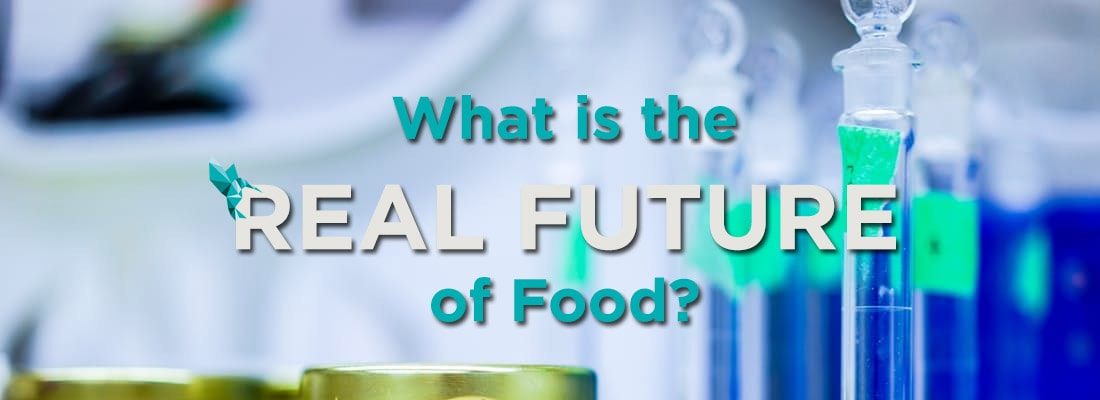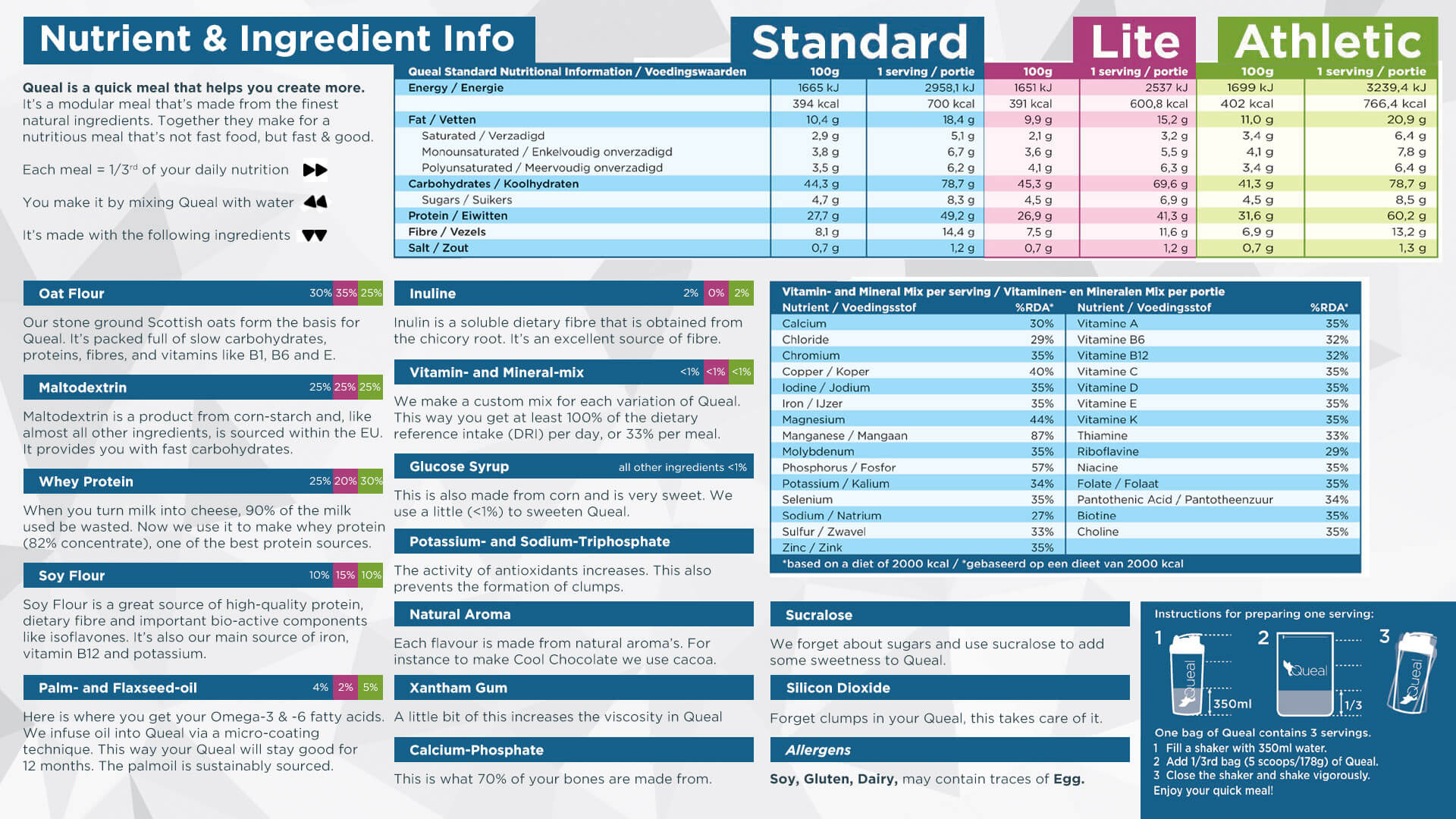
What is the real future of food?
It is predicted that by 2050 there will be around 9 billion people to feed on our planet. With the current state of agriculture which relies mostly on non-renewable resources, we are still struggling to feed the current population and destroying natural environments in the process. If we want to prevent a total disaster, there needs to be a radical shift towards more sustainable food production which will rely on renewable resources. The biggest challenge of that will be maintaining the necessary yield to feed the world population. In case if you’ve ever wondered what the future food will look like, here are a few new ideas currently being developed by scientists worldwide.
1. Meat out of plants
The Food and Agriculture Organization of United Nations estimates that the livestock sector contributes 18% of global greenhouse gas emissions. That’s more than all trains, planes and automobiles on the planet! Also, 35% of the food that we produce goes to feed all the livestock. Switching to plant-based protein sources instead of using animal protein would drastically reduce the greenhouse emission levels and the negative impact huge animal farms have on the environment. Companies like Beyond Meat are working with protein from plants like pea or soy. Putting it through a process which aligns the molecules similar to alignment in animal’s muscles. It is done by applying heating, cooling and pressure. They are working on creating plant-based replacements for beef, chicken and several other types of meat. What is also interesting is that they are enriching it with other plant-based nutrients which normally are not present in meat. Can you imagine eating a steak that contains the nutrients of salad and potatoes inside it? From the reactions that are already available, it looks like they are really close to making it practically indistinguishable from real meat!
2. Insects
As you probably know, insects are already a big part of people’s diets in different parts of the world like Africa or Asia. For many of those cultures it’s the main source of animal protein they get during a day. It is true, bugs are a great source of protein. They are also a much more efficient to produce as a source of food: 10 pounds of feed produce only 1 pound of beef protein, whereas for the same amount of feed you could have up to 6 pounds of insect protein! Other than this only 40% of the cow is edible while for example, you can eat up to 80% of a cricket. Resources requirements and water usage is also much smaller for producing insect protein. This results in less pollution and less habitat destruction. What’s really cool is that you don’t have to eat the bugs by themselves- they can be ground up and added as a replacement for meat to create really tasty dishes! We can expect that as our civilisation progresses and more efficient sources of protein are needed, the regular diet of an average person will definitely include insects in one form or another.
Fun fact: Did you know that all processed food contains some amounts of bugs inside? For example, peanut butter can contain up to 30 fragments per 100 grams, while chocolate can contain even double of that!
3. Vertical farms
The idea of vertical farms was originally inspired by New York rooftop gardens. Students of the University of Columbia started looking at how much available rooftop space there was in Manhattan. They asked a question: What percentage of the New York population can we feed solely from the rooftop crops? Their results were disappointing; they could only feed 2% of the city. Even though the idea of rooftop garden farms was a failure, the idea of growing vertically hasn’t gone to waste and prof. Dickson Despommier was the person who has literally taken it to another level. A traditional horizontal farm only grows plants at one level, where on a vertical farm it is possible to grow on many different levels, which leads to much more density per square meter. Other benefits of vertical farming include the ability to harvest daily or better control over the variables as it is an indoor farm. All environmental problems are a thing of the past as the crops are secure from risks like droughts, insects, or floods. The controlled environment of a vertical farm allows for not using pesticides and growing food all year round even in places where it would normally be impossible. Not to mention the massive amounts of water that is being saved when farming in a closed circuit. It is definitely a trend that is going to be more common in the food industry because of the sustainability, water conservation, and more control over the crops it offers.
4. Queal
We are proud to be one of the companies which offer a partial solution to our current environmental issues. Switching to a powdered food diet eliminates a lot of waste production coming from agriculture or livestock. The efficient packaging also contributes to reducing the amounts of food related trash in general. Queal also doesn’t have to be refrigerated, which saves on energy consumption. The long shelf-live greatly reduces the amount of food thrown out. (In The Netherlands, up to 25% of food is thrown out due to their expiration date!) If we take into account the weight-to-nutrient ratio, Queal is definitely considerably efficient in terms of transportation as well. There’s more work to be done, but we’re absolutely working on making Queal an even more sustainable source of food in the future!
Here are even more crazy food examples we will probably eat in the next 20 to 50 years: meat created in a lab, algae, quinoa, emmer wheat, minor millets, peach palm, giant swamp taro, sea buckthorn, and the list goes on and on.
So what are your thoughts on this? Are you ready to eat insects or plant meat, or would you rather have a drink of Queal? 😉
Join our list and receive a future of food ebook for free.


No Comments